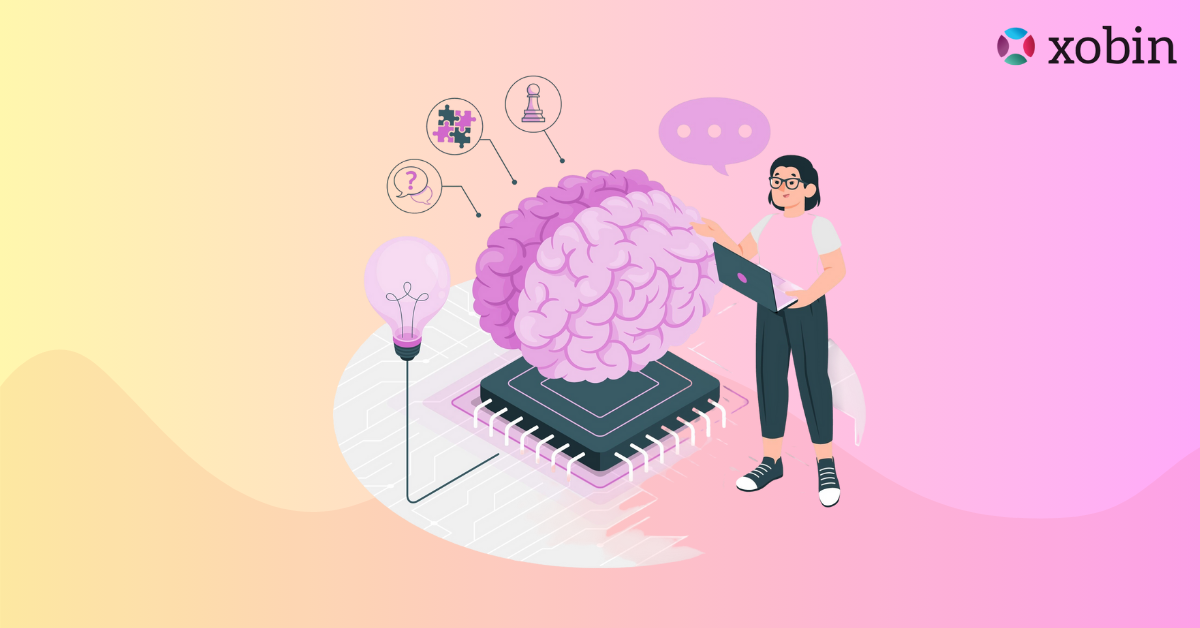Xobin Blog
Explore fresh insights, expert tips, and powerful strategies to level up your hiring. From talent assessment to future-ready recruitment trends, our blogs help you hire smarter with ease.
I agree to Xobin's Privacy Policy

What Is a Culture Add Assessment? Guide to Hire Candidates Who Strengthen Your Company Culture

Different Types of Aptitude Tests Used in Hiring (With Examples)

What Is Candidate-Centric Recruitment and How Do You Apply It in Hiring?

How to Build a Social Recruiting Strategy that Attracts Top Talent

Understanding Recruitment Management System (RMS)

How Xobin Helps in Reducing Employee Turnover

Top Skills to Test in Job Candidates Before Hiring

How to Build an Effective Competency Mapping Process in Recruitment?

What is Competency Mapping? A Guide to Strengthen Your Talent Strategy

What Counts as a Good Typing Speed for Employees? Key Benchmarks!

What Is the Candidate Drop-Off Rate? Causes, Benchmarks & How You Can Reduce It

Power Skills vs. Future Skills: What Recruiters Should Really Focus On

Future Skills Assessment for Hiring and Building a Future-Ready Workforce

Why Evaluating Typing Speed Matters in Today’s Hiring Process






